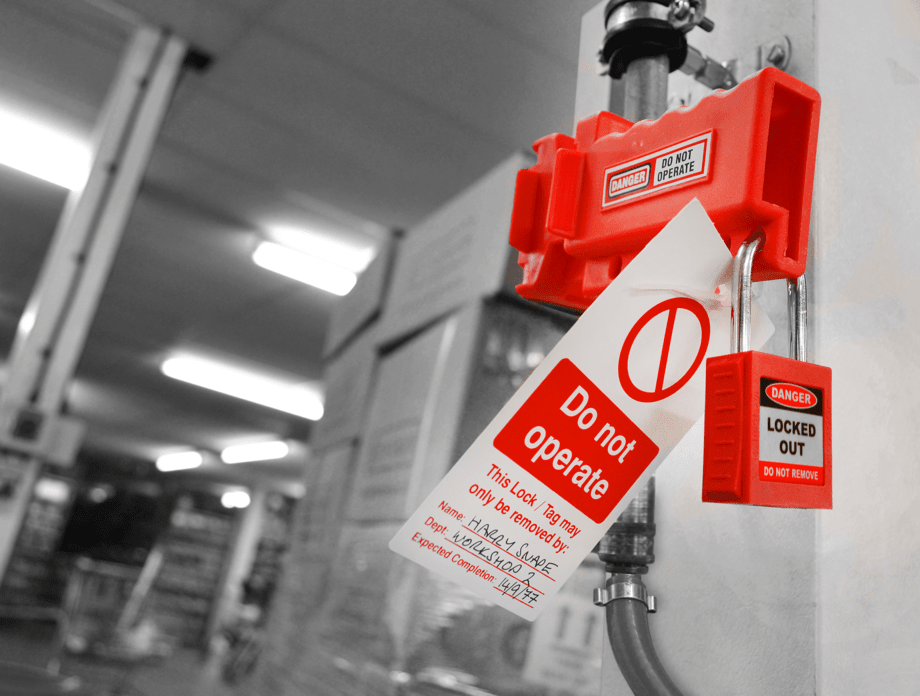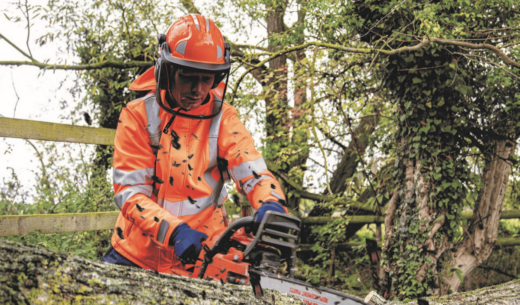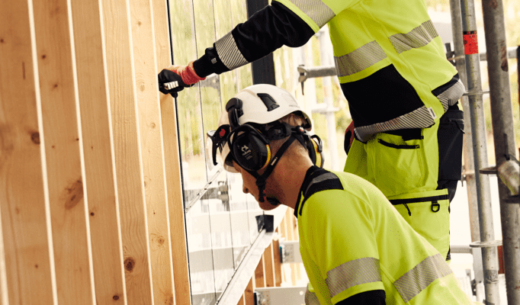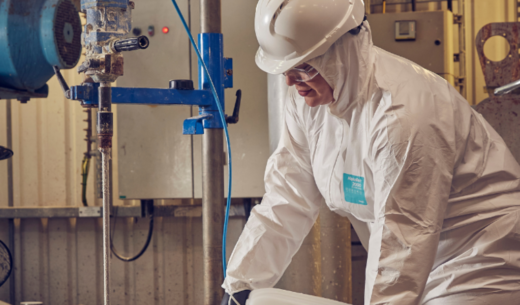Choosing the Right Safety Padlock: A Comprehensive Guide for Enhanced Security
Selecting the ideal safety padlock for your business’s lockout tagout procedures is more than a routine task; it’s a critical step in ensuring workplace safety and regulatory compliance. This guide provides in-depth insights into making the right choices that safeguard both personnel and equipment.
why use safety padlocks?
Safety padlocks are an integral component of industrial safety, particularly in lockout tagout processes. They serve several crucial functions:
- Regulatory Compliance: Adhering to safety standards and regulations is non-negotiable. Safety padlocks ensure that businesses meet these requirements effectively.
- Preventing Accidental Energization: The primary purpose of a safety padlock is to prevent the accidental startup or energization of machinery, thereby protecting workers involved in maintenance or inspection tasks.
- Guaranteeing Personal Safety: These locks are designed to provide individual safety, ensuring that only authorized personnel can control the locking mechanisms.
- Process Management: They aid in systematically managing each step of the lockout tagout procedure, minimizing risks and ensuring procedural integrity.
Navigating Common Pitfalls in Safety Padlock Selection
Imagine this scenario: ‘You purchase 50 safety locks off the shelf in packs of 10. They are guaranteed to be unique to one another per pack, meaning lock number 1 cannot open lock number 2, 2 cannot open 3 and so on. A complex isolation takes place on site and 30 locks are in use, due to the way these locks are manufactured and sold. There is ZERO guarantee that each pack that was purchased, are unique to one another. In effect, this could mean that each 10 locks could duplicate the next. Massively compromising the lockouts effectiveness.
Critical Considerations for Selecting Safety Padlocks:
- Unique Numbering: Both lock and key should have unique numbers to prevent confusion and duplication.
- Supplier Responsibility: Choose suppliers who maintain a record of lock numbers to avoid the risk of duplicate locks in future orders.
- Lock Design: Opt for locks cut from unique blanks to enhance security.
- Key Management: Adhere to the emerging standard of providing only one key per lock to maintain control and security.
Key Systems: Tailoring to Your Needs
Selecting the right keying system is vital for enhancing the effectiveness of your lockout tagout strategy:
- Keyed Alike System: This system is ideal for scenarios where an authorized person is responsible for multiple lockouts. It simplifies management but must be used with an understanding of its limitations in terms of individual security.
- Keyed to Differ System: Every lock in this system is distinct, providing enhanced security and minimizing the risk of unauthorized access.
- Master and Differ System: This combines individual lock uniqueness with the convenience of a master key. It’s particularly useful in large facilities or in emergency situations.
Material Choices: Matching Your Environment
The choice of material for your safety padlocks depends on your specific industry requirements:
- Plastic/Nylon: These locks are lightweight and can be color-coded for easy identification. They are suitable for environments where electrical conductivity or corrosion is a concern.
- Brass: Known for their durability, brass locks are ideal for harsh environments. They resist rust and can withstand extensive use in demanding conditions.
In conclusion, selecting the right safety padlock is a decision that impacts the overall safety and efficiency of your business. It requires careful consideration of factors like compliance, unique key systems, and material suitability. By following this guide, you can make an informed choice that enhances the security and safety of your operations.
For expert advice and a range of tailored safety padlock solutions, click here.









